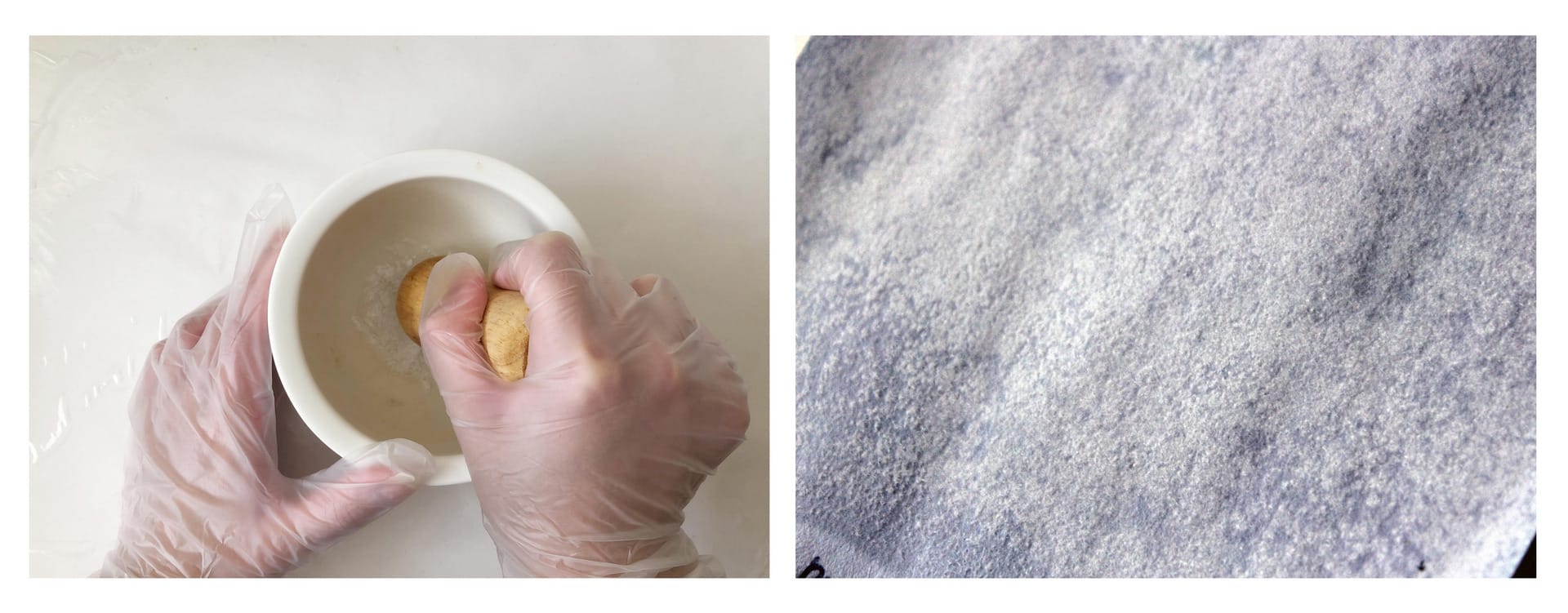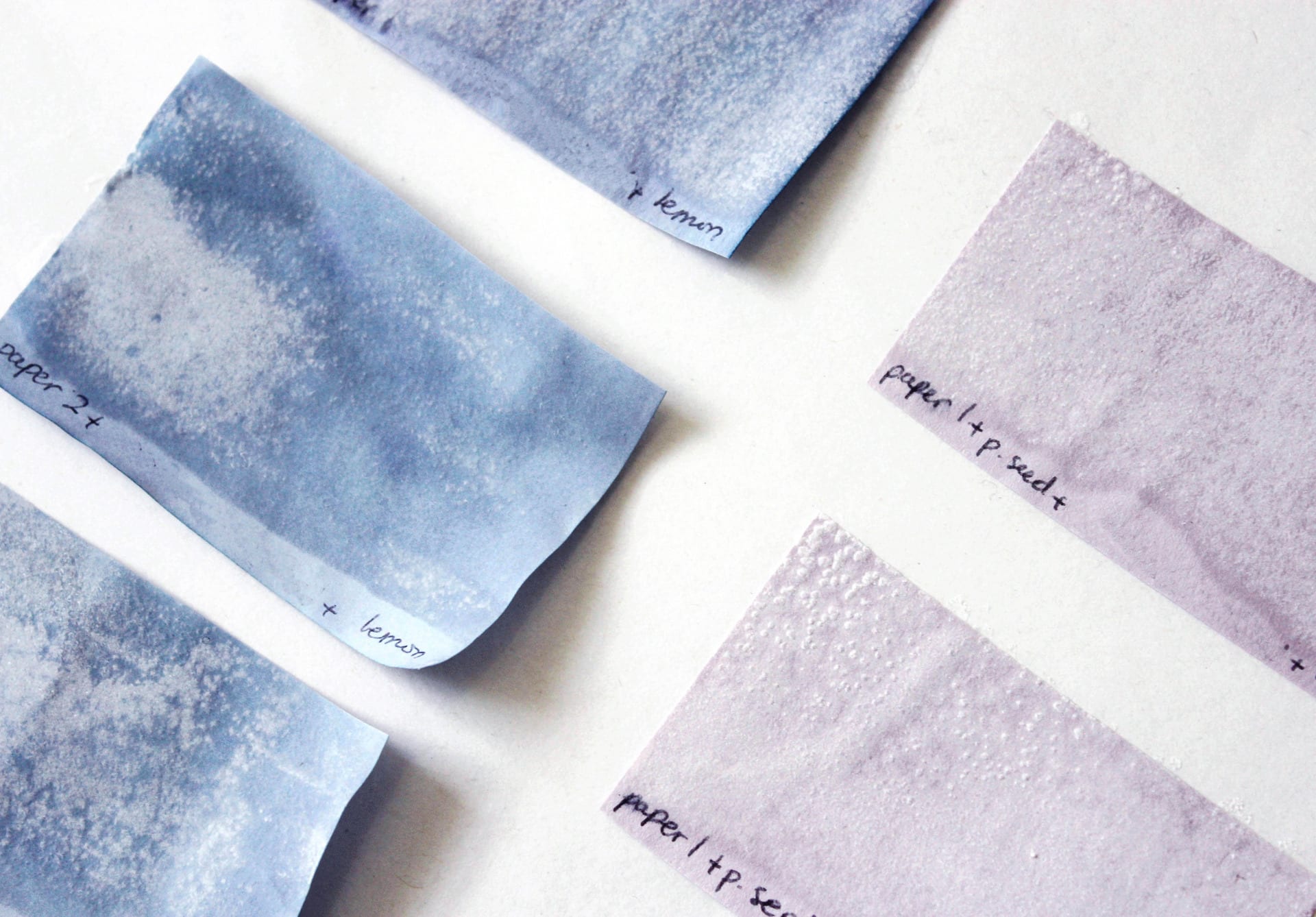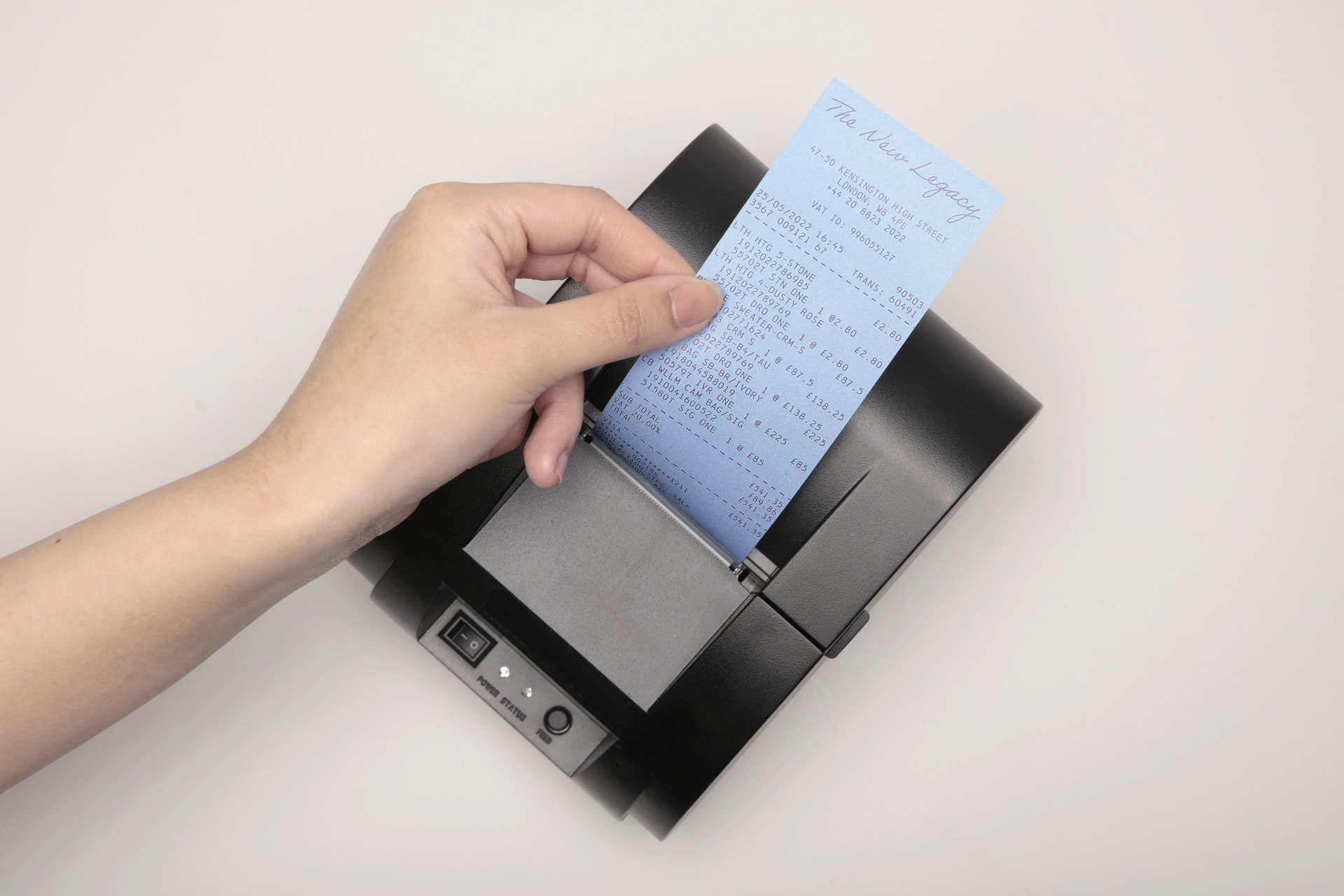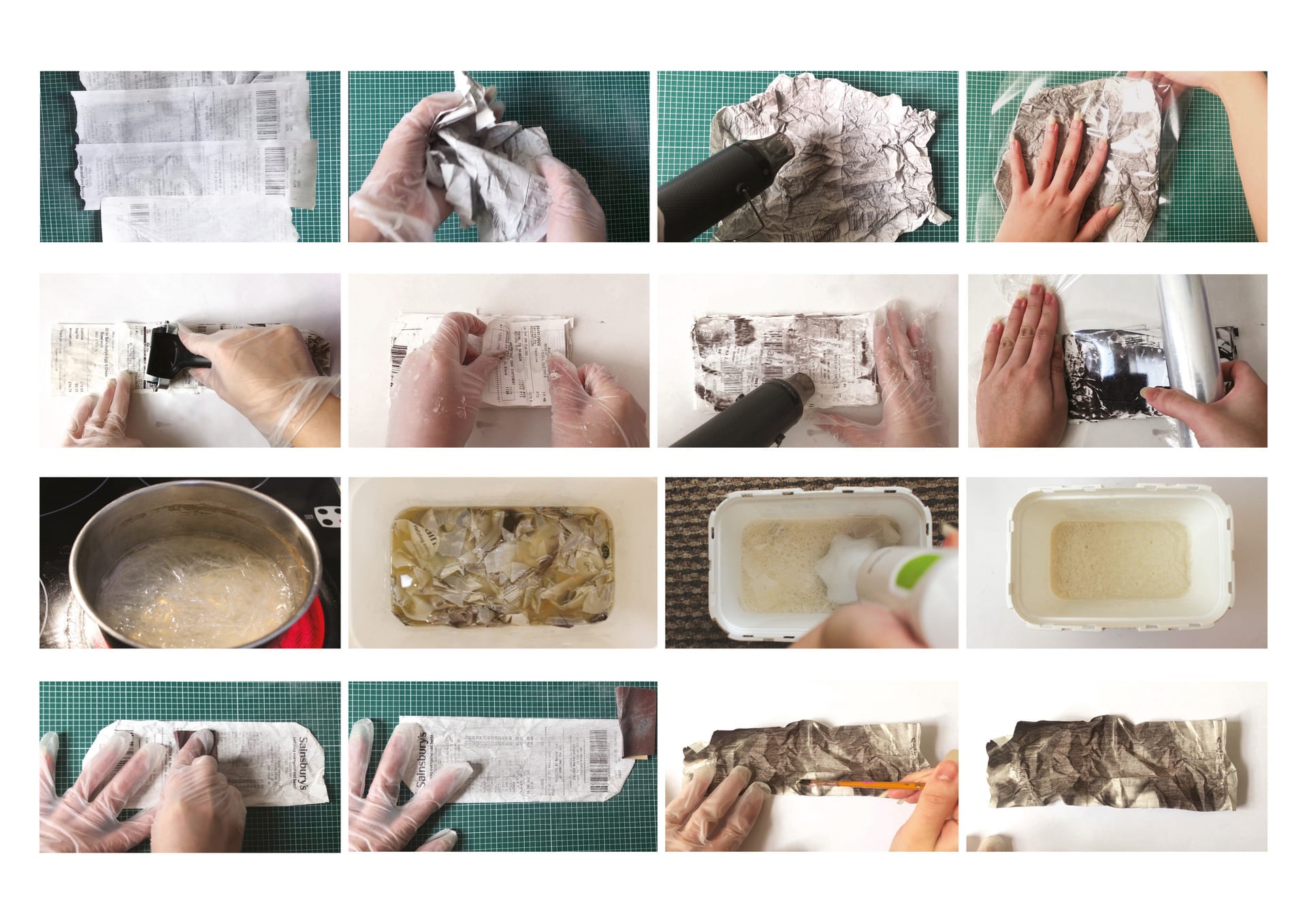RECEIPT PAPER | THE MATERIAL LEGACY OF CONSUMPTION
In the UK Fashion industry, it is estimated that it spends £32 million per year by producing paper receipts despite of no legal obligation.
Receipt paper is not just any ordinary printed paper. Most receipts are thermal paper, which is coated with layers of coatings that contain a harmful chemical named Bisphenol A or S. Its presence leaves a threat for the environment and those who come into contact with it. This project intends to raise awareness about the underestimated negative impacts of paper receipts, finding potential solutions, and to start a discussion around the future consequences of the paper receipt issue. As Samantha Lind, Beat the Receipt Campaigner, stated on her interview, “This is the retail industry’s ‘plastic straw’ moment”.
In contrast, several fashion retailers (e.g., M&S, TOAST, and French Connection) have decided to go paperless. However, the action is mostly centred around the recyclable and biodegradable paper products. This leads me to questions:
Why does paper receipt, which is neither recyclable nor biodegradable, receive less attention than other paper-based by-products in the UK fashion industry?
Why do several UK fashion brands, which have decided to replace paper receipt with e-receipts, emphasize deforestation, rather than toxic impact on the ecosystem?
A range of research methods, digital campaigns, and the trapping of toxic chemicals experiments were performed to address the receipts issue. In addition, formulating a bio-based paper receipt’s coating, in partnership with Marta Chiapasco (PhD Materials Science at Imperial College London), was and still under development. By tackling this issue through different angles, I have developed a speculative design approach. It allows me to combine design and imagination, while focusing on reducing negative impacts on the environment as well as meeting the human needs in order to find impactful and innovative solutions.
Through this project, I hope I can share my findings surrounding the receipts issue, influence and encourage the people to be conscious in their everyday choices and actions, and to deliver a message to stop the usage of harmful paper receipts within the UK fashion industry.













